The future won’t follow your roadmap—here’s how to lead anyway

A CEO I recently worked with had become obsessed with speed and staying ahead of disruption. He launched an internal rapid response “tiger team”—a small group of leaders and managers from a cross-section of departments—to accelerate innovation. Within a quarter, they launched pilots, restructured teams, and redesigned workflows with promising early results.
The dashboard lit up green. But beneath the surface, things were cracking. Departments were misaligned. “Innovative” pilots clashed with long-term strategic goals. Employees were burning out. Customers noticed.
“We’re doing everything right,” he said. “Why isn’t it working?”
It reminded me of something systems thinker Donella Meadows once wrote: “It’s almost certainly an example of cranking the system in the wrong direction.” In this case, the issue wasn’t strategy, talent, or commitment. It was the frame of thinking itself.
Many organizations rely on forecasting as their primary tool for future thinking. Forecasts extend what’s already known—trends, data, and market behavior. That’s useful for near-term planning. But when you’re trying to get ahead of disruption or be transformative, it’s not enough.
Leading with foresight
The path to the future isn’t a straight line.
That’s where strategic foresight comes in. Foresight isn’t prediction. It’s a discipline for understanding complexity, scanning for emerging change, exploring multiple possible futures, and using those insights to make better decisions today. It helps organizations shift from fragile to adaptable, from reactive to resilient—and from watching the future unfold to actively shaping it.
Foresight isn’t theory—it’s practice. Here’s how to put it to work.
1. Shift from linear forecasts to alternative futures
Traditional planning assumes the future will look like today—just more intense. More powerful technologies. More complex regulations. More global complexity. More demanding customers.
Strategic foresight challenges the assumption of sameness. Rather than relying on a single, extrapolated future, foresight helps leaders explore a range of plausible alternatives—including disruptive or counterintuitive ones.
By doing so, organizations can stress test strategies, build adaptive capacity, and prepare for a broader set of outcomes. The futures that matter most aren’t necessarily the most likely—they’re the ones your organization is least prepared for.
That requires taking off your organizational blinders. Historical data, internal benchmarks, and even industry norms can constrain your view. Leaders need to look outward across adjacent sectors, cultural shifts, and global forces that will shape tomorrow’s operating environment.
Is the world you live in today what you expected ten years ago? Likely not. The straight-line future is the least likely one. Without broadening your perspective, you risk designing strategies for a world that no longer exists.
Try this: Pick a strategic question. For example: What will it mean to lead in an AI-shaped economy? Then, build distinct scenarios that reflect recurring patterns of how the future unfolds:
- Collapse (no rules): a future shaped by systems failure or falter due to disruption
- Realignment (shifting rules): a future shaped by changing values, limits, or intentional constraints
- Transformation (new rules): a future shaped by fundamental emerging change driven via tech, culture, or new models
Ground each scenario in early signals of social, technological, economic, environmental, and political change. Then ask: What would it take to succeed in each? What can you start doing now?
In practice: A regional bank used this approach to explore the future of trust in financial services. By examining how decentralization, AI governance, and generational values might evolve in different directions, they identified core investments—like transparency and human-centered design—that would position them well across multiple alternative futures.
2. Look for signals on the margins
Most leaders wait for trends to become visible and validated before they act. But by the time something shows up in your dashboards, it’s already well underway—and likely already influencing the competition.
Strategic foresight trains leaders to seek out weak signals: early signs of change that emerge at the fringes of industries, cultures, and geographies. These signals tend to look small, strange, or unrelated—until they don’t.
When the same unexpected idea starts appearing in unrelated places, or niche behaviors spread across sectors, you’re no longer looking at noise. You’re seeing early indicators of what could scale. Weak signals are the raw material for scenario development, and let you act before others do.
Try this: Set aside 30 minutes a week to explore beyond your core market. Scan youth culture, subreddits, startup ecosystems, art, policy, or new language emerging online. Ask your team: What’s something strange, sticky, or unexpected you’ve noticed? Track them. Patterns will emerge, and you’ll spot change earlier.
Common pitfall: Don’t confuse noise with significance. Virality isn’t viability. Look for persistence and spread across time and context. If an idea keeps resurfacing—especially in unexpected places—it may be a sign of deeper change.
3. Understand the system—not just the symptom
One of the foundational mindsets in foresight is learning to think in systems. Most leaders are taught to break problems down: analyze parts, isolate variables, and find the root cause. That works well in science and engineering. But in business—and in life—it can be limiting.
To lead effectively in complexity, we need to think holistically. It’s not linear cause and effect—it’s loops, interdependencies, and emergence.
Without this lens, leaders risk solving the wrong problem, or worse, reinforcing the dynamics that created it. Systems thinking reveals the deeper structures shaping outcomes—and where leverage really lies.
Try this: Take a persistent challenge—say, employee burnout—and map it. Place the issue at the center. Ask: What contributes to this? and What does this affect? Draw lines and arrows to show how elements interact. Look for loops and unintended effects. Better yet, build the map with colleagues from across the organization. You’ll surface blind spots you didn’t know you had.
Counterintuitive insight: Effective solutions often feel unnatural. The best move might be to slow growth, loosen control, or redefine success. If your instinct is to push harder, try asking: “What if the opposite is true?”
In practice: A global nonprofit used this mapping technique to explore volunteer attrition. Instead of ramping up recruitment, they found that increasing flexibility and reducing performance tracking led to better retention.
4. Plan from the future, not just for it
Foresight isn’t just about imagining what might happen—it’s about deciding what should happen and aligning your strategy to make it real.
Once you’ve explored possible futures, choose one you’d be proud to help build. That’s your preferred future: not a prediction, but a direction. Then work backward to identify what must be true for that future to unfold.
Backcasting reverses typical planning. Instead of projecting from today, it asks: If that’s where we’re going, what decisions should we make now?
Try this: Choose a future you want to help create—say, a climate-positive supply chain or radically inclusive service model. Ask: What needs to be true in five years? Three? One? Then identify the actions you can take today to start closing the gap.
In practice: A health insurer used this method to envision a future where care is personalized, proactive, and home-based. By backcasting, they identified shifts in reimbursement, caregiver training, and diagnostics. Within months, they were piloting a solution tied to that long-term vision—turning foresight into strategy and actively leading the way for an entire industry.
From Forecasting to Foresight
The most common reaction I hear from executive teams when I introduce foresight is, “We already do that.” What they usually mean is forecasting. And that’s exactly the problem.
Forecasting extends the present. It’s helpful for budgeting and risk management, but not for transformation. It can’t reimagine your business model, challenge outdated assumptions, or surface the early signals of change.
Foresight can. More importantly, it gives leaders agency—not just to adapt, but to shape what comes next.
This shift isn’t just methodological. It’s a mindset: one that calls for curiosity, humility, and the courage to act before the future is fully knowable.
The future won’t follow your roadmap, but that doesn’t mean we’re powerless. Strategic foresight gives leaders the tools to act with purpose, even in uncertainty. It’s not just about anticipating change. It’s about becoming the kind of organization that helps shape it.
What's Your Reaction?
 Like
0
Like
0
 Dislike
0
Dislike
0
 Love
0
Love
0
 Funny
0
Funny
0
 Angry
0
Angry
0
 Sad
0
Sad
0
 Wow
0
Wow
0
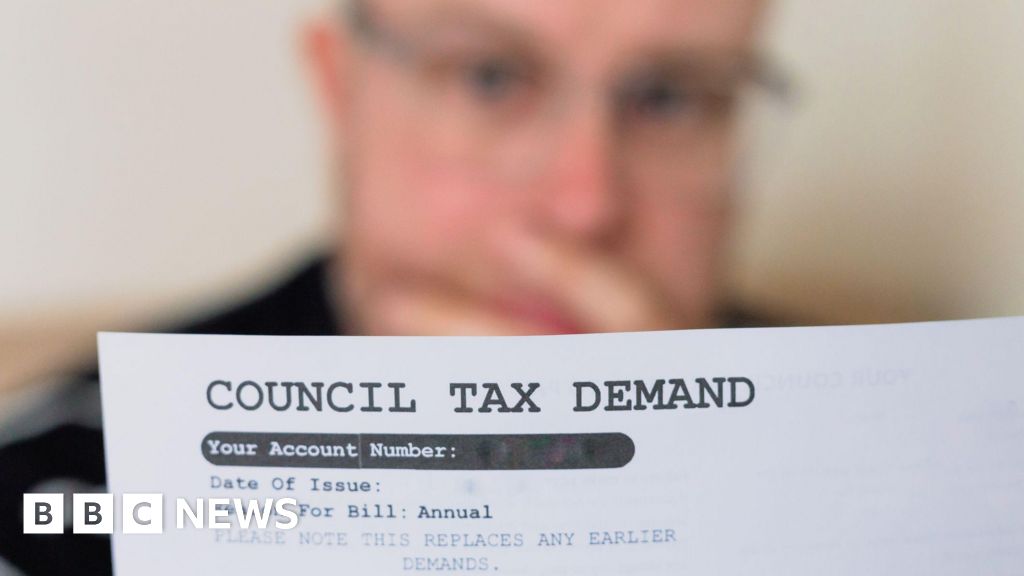
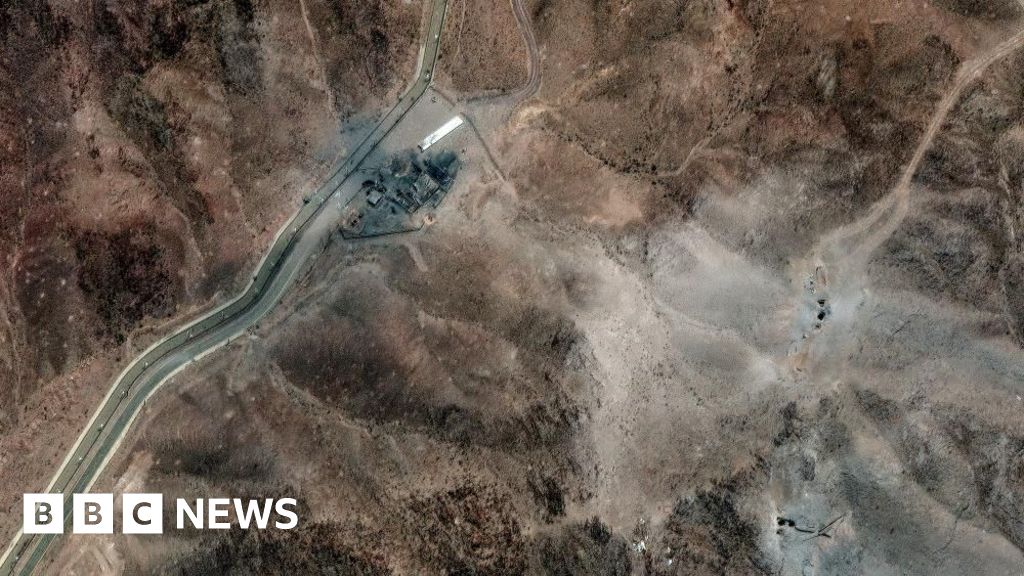
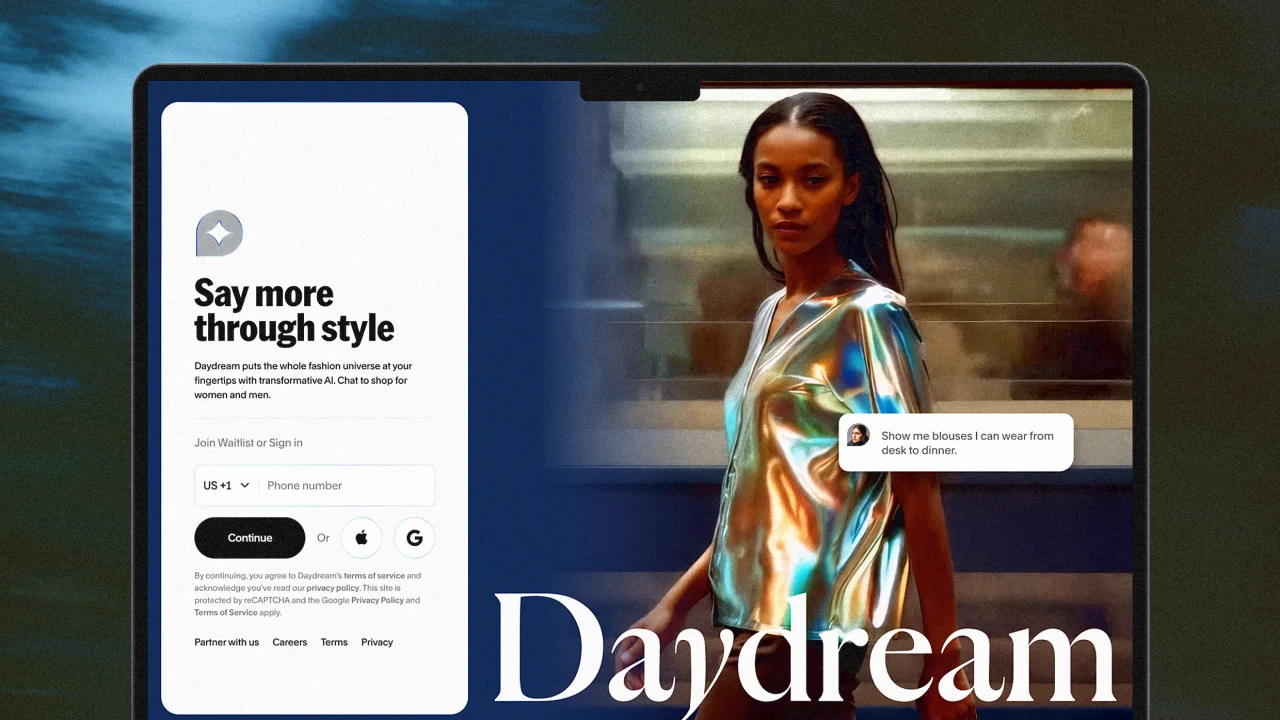

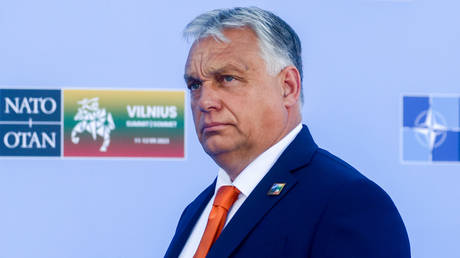

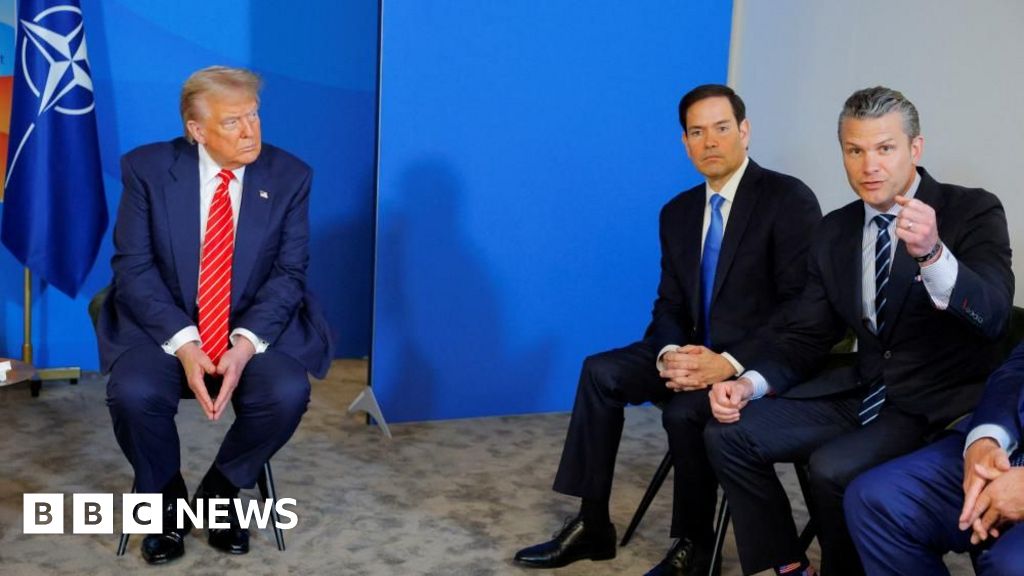





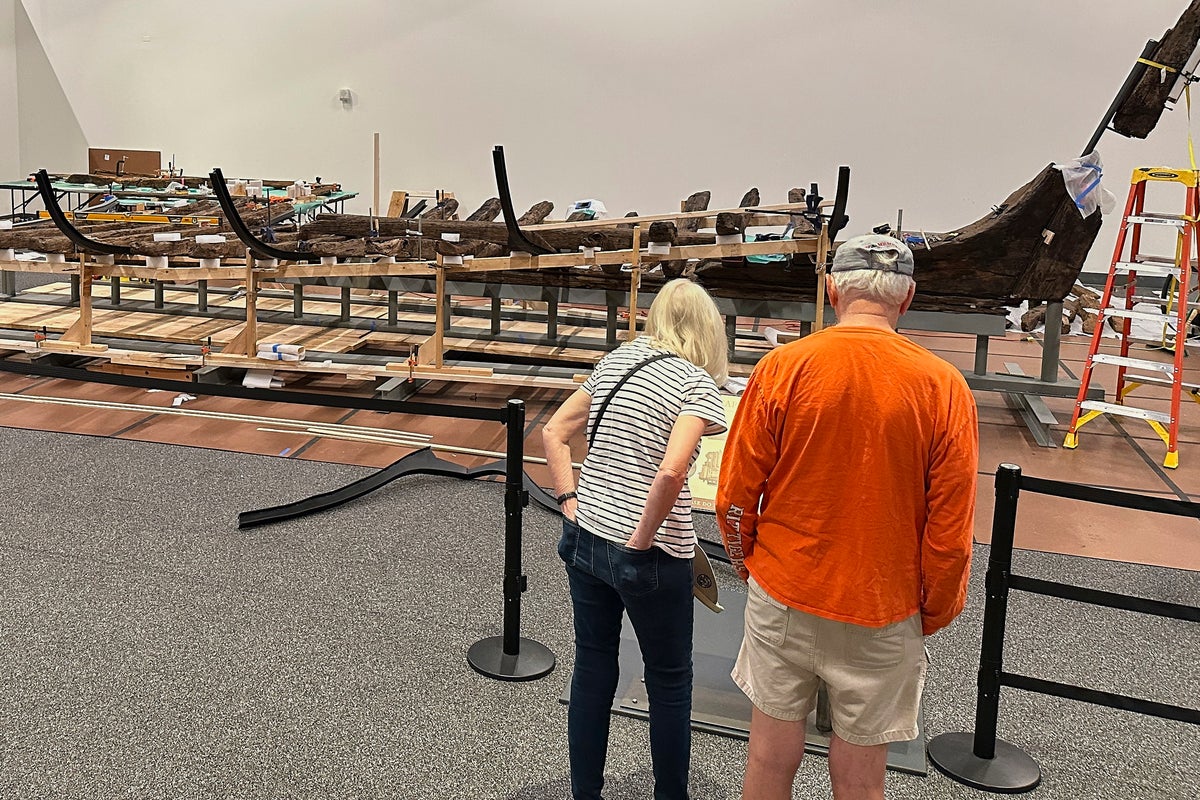
















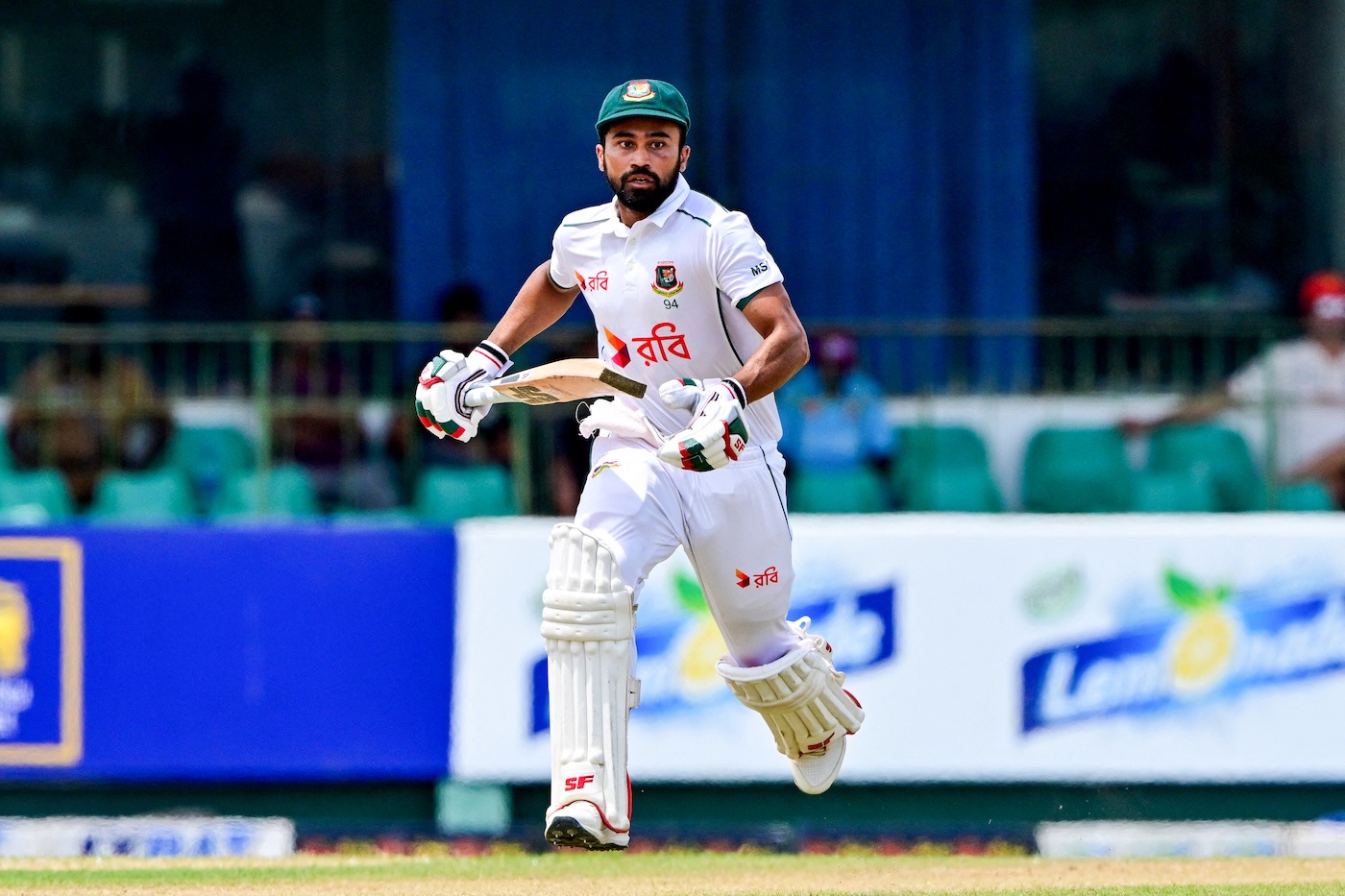










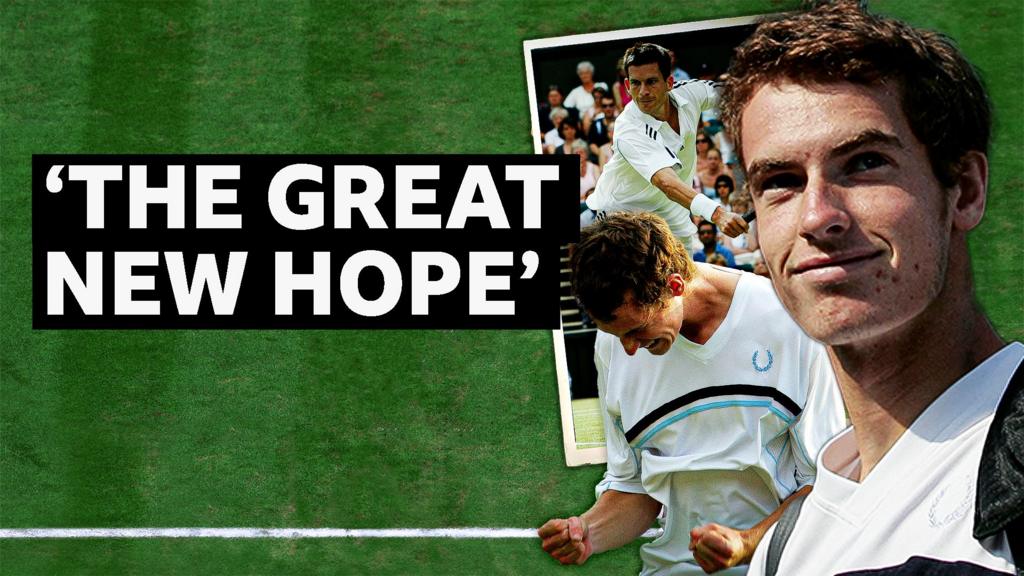


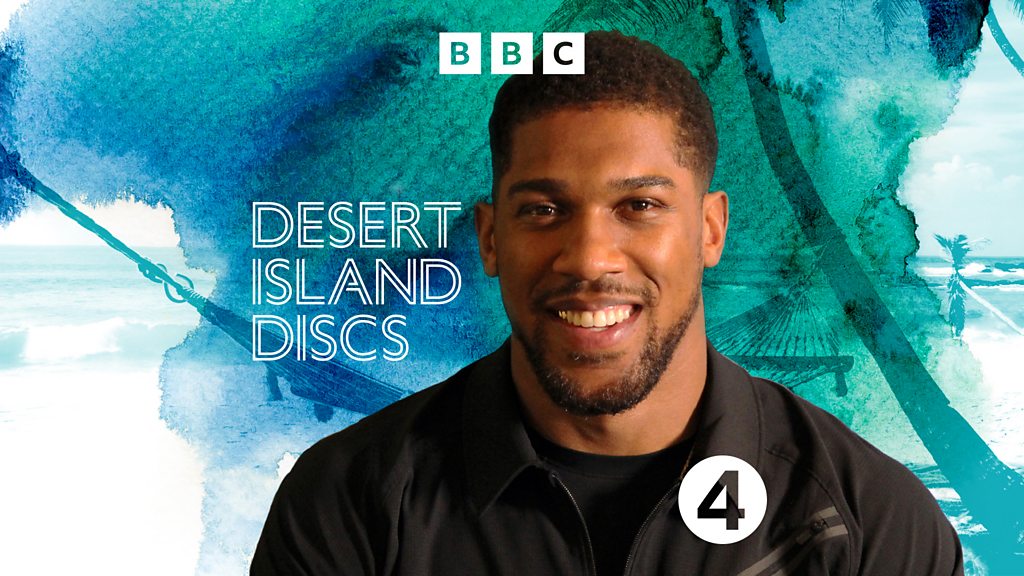









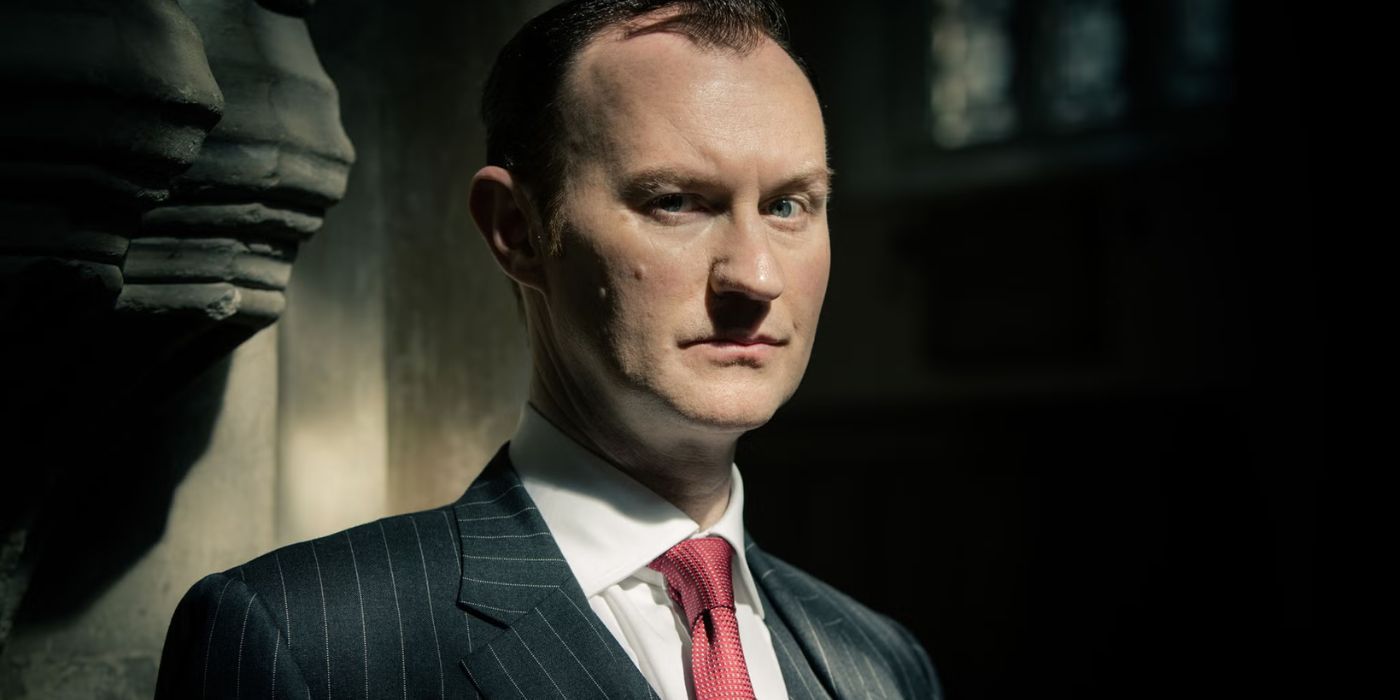

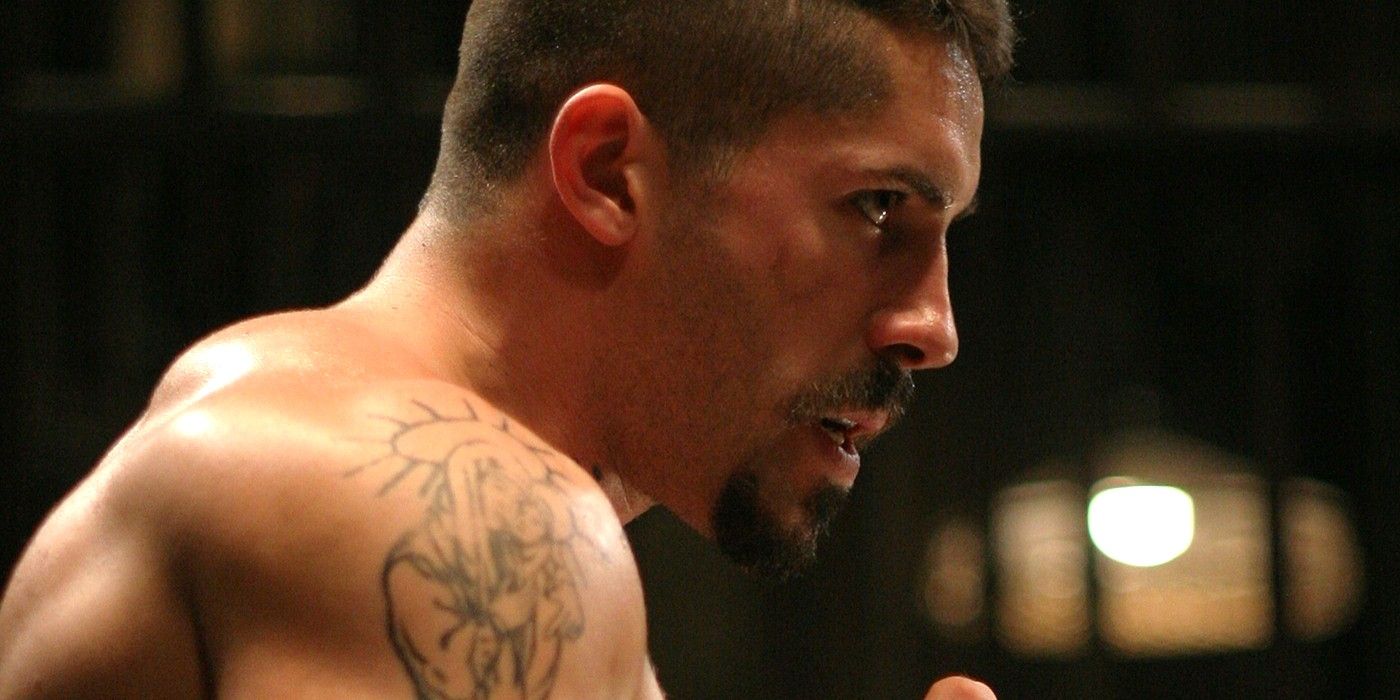
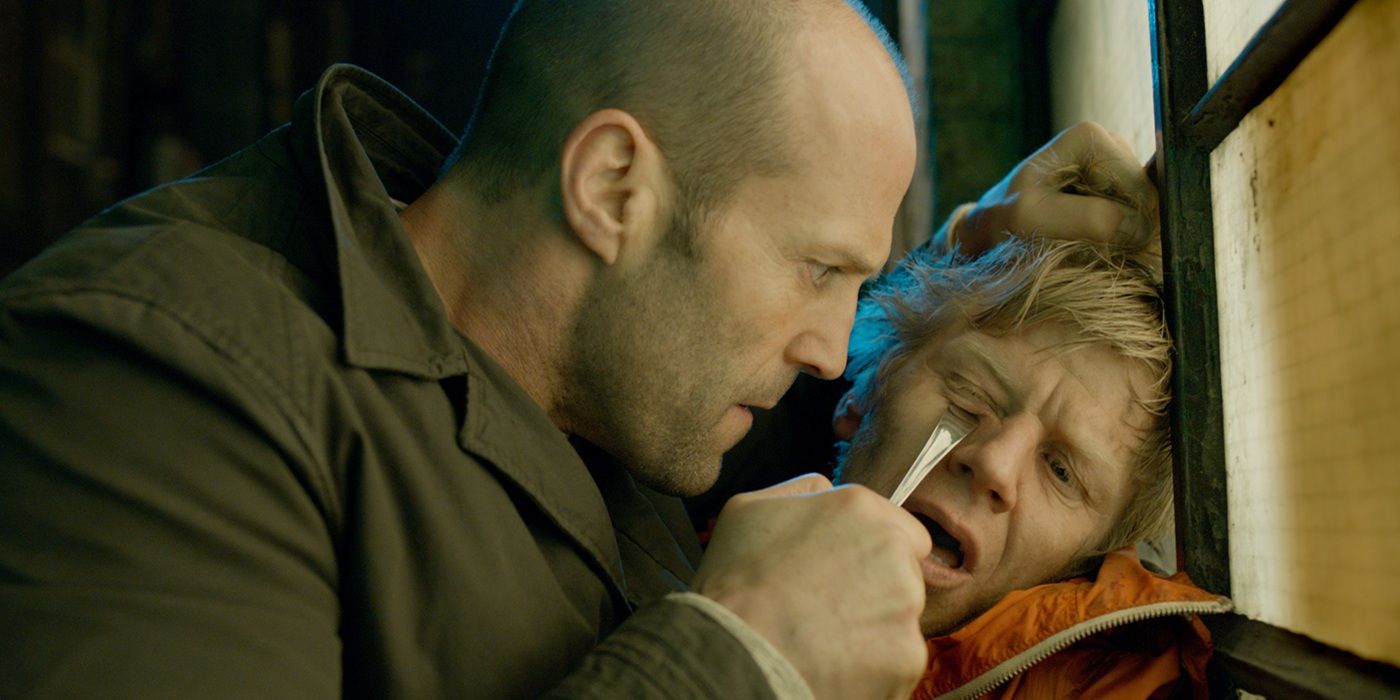

![Ironheart Boss on Episode 3’s [Spoiler] Reveal: ‘It’s So Much Fun to Reach Back’ in MCU History — Grade It!](https://tvline.com/wp-content/uploads/2025/06/ironheart.png?#)





































